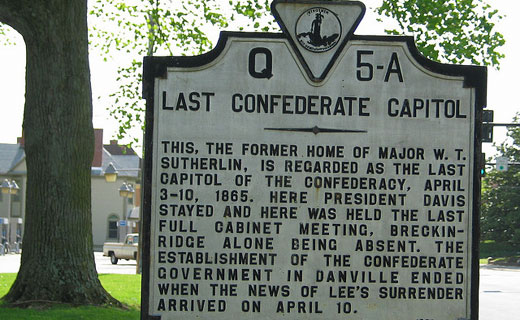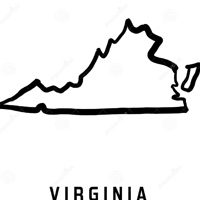
“This community certainly merits our whole-hearted attention.”– Dr. Martin Luther King on the civil rights struggle in Danville, Virginia
DANVILLE, Va. – Selma, Birmingham, and Montgomery are remembered for their brutal reputations in the struggle for civil rights. While Danville did not share the limelight with these cities, the oppression from local officials was no less tyrannical.
Dr. Martin Luther King Jr. in 1963 called the Danville Police Department one of the most brutal and vicious he had come across. Discussing the plans of his organization, the Southern Christian Leadership Conference, King wrote: “At this point in time SCLC’s direct action program will be centered in these three communities – Birmingham, Montgomery, and Danville, Virginia.”
Danville had a typical racist attitude about dealing with attempts to integrate publicly owned facilities. City leaders shut down the public library for a few months in 1960 rather than open it up to African Americans. Chairs were removed from the library after it reopened, and the formerly free library imposed a $2.50 a year fee to use it.
The Danville Library was also known as the Confederate Memorial. The building, which housed the library at that time was the location where the Confederate government in exile met for the last time. (After Confederate President Jefferson Davis fled Richmond ahead of federal troops, Danville was, briefly, the Confederate capital.)
The 1963 effort in Danville centered on getting more African Americans hired in jobs such as police officer, firefighter and clerk. The Danville City Council refused to meet with local civil rights leaders, saying they were the tools of Communists and outside agitators.
“The arrogant refusal of the city officials to grant any of the demands of the Negro community is an affront to the whole civil rights movement,” King wrote.
Attempts by local civil rights leaders, such as the Revs. L. G. Campbell, H. G. McGhee and A. L. Dunlap, were met with billy clubs and fire hoses. Civil rights workers were jailed and charged under the John Brown laws (laws punishing white people who encouraged blacks to rebel) with “inciting the colored population to acts of violence and war against the white population.”
In a paternalistic move, Danville officials got Corporation Court Judge Archibald M. Aiken to command the demonstrators to leave. Aiken made his appeal surrounded by police.
June 10, 1963, will go down as the ugliest and most brutal night of the Danville struggle.
A group of demonstrators led by Rev. McGhee walked around the Danville jail. The group was going to sing and pray for another group of demonstrators who had marched earlier in the day and who were beaten and sprayed with fire hoses.
Danville Police Chief E. G. McCain ordered the group to stop. They ignored him.
“Let em’ have it,” McCain said.
Firefighters aimed their hoses at women and teenagers. Police and deputized garbage workers with freshly-minted billy clubs attacked the peaceful protesters.
People ran for their lives. They hid under cars. Beat-up people cluttered the streets in a pool of water and blood. Forty of the 65 demonstrators were hurt in the savage attack.
The aftermath was so sickening that King telegraphed U.S. Attorney General Robert Kennedy about the “beastly conduct” of Danville police.
Today, in 2013, the final chapter in the battle for civil rights in Danville has not been written. Like in many communities, the struggle continues.
Photo: Danville, the last confederate capital. helixblue/Flickr










